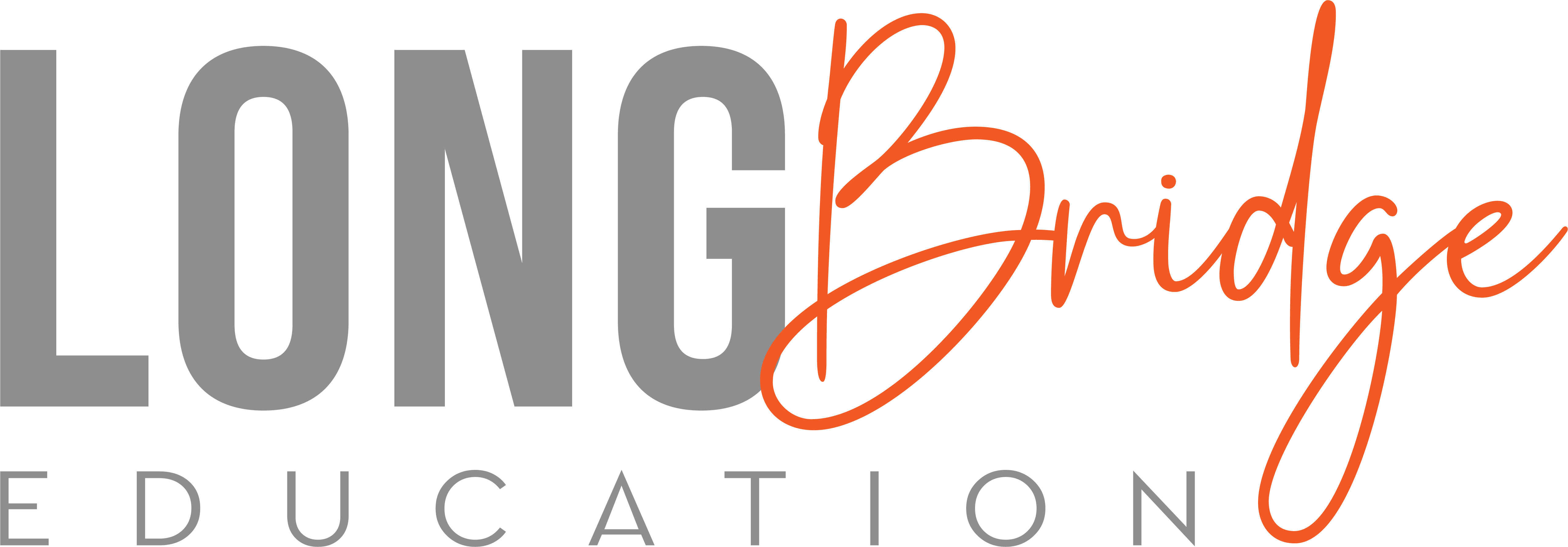-
Study In USA
In 2022, over 465,700 Indian students traveled to the USA for higher education (USCIS report).
-
Study In USA
1,057,188 international students enrolled in US universities in the recent academic year (Open Doors Report).
-
Study In USA
Home to 16 of the top 50 universities globally (QS World University Rankings 2024).
Important Facts About USA

Average Living Expense INR 10.5 Lakhs (per annum)
Popular Courses in USA MS in USA | MBA in USA | BTech in USA | MIM in USAqa
Part-time Work Allowance 20 hours/week On Campus
Work permit in USA post-study 12 months - 36 Months
3,000+ Universities in USA
Why Study in the USA?
Applicants from all over the world have chosen the USA as their study-abroad destination for higher education for many years. The main reason behind this is that 41 out of the top 100 global universities are located in the United States, according to US News & World Report. This is just one; there are many other reasons why study in USA for Indian students.
Some of the best universities in the world for higher education are located in the United States. According to the Times Higher Education ranking 2024, 15 universities rank globally among its top 20 universities. The QS World Ranking lists MIT, Stanford, Harvard, and UC Berkeley as the top 4 institutions worldwide.
The US education system is more flexible because of the credit transfer system. Undergraduate students are encouraged to explore many fields, and by the end of their second year, they can select a major. The university offers a variety of traditional and non-traditional majors and minors, together with the freedom to choose which, when, and how many classes to take each semester. This facility enables each person to develop and adapt a course as per their strengths and weaknesses.
The USA Universities provide 4-year and 2-year courses, including bachelor's and master's degrees, doctoral, vocational, associate, and certificate programs. Moreover, there are more than 2 million programs available for Indian students
The USA offers a range of " STEM eligible degrees," giving overseas applicants a verified chance to remain in the nation for an extra 2 years after completing their degrees. Undertaking STEM programs in the United States affords students a year of additional practical instruction and the opportunity to work concurrently for a US-based employer.
The USA universities lead in research and innovation globally. The NSF estimates that universities in USA spend a total of around 97 billion dollars on research and innovation.
62% of overseas students who complete their degrees are placed in jobs in the United States. In the United States, the mid-career median wage range following a 4-year degree is around 61,000 to 120,700 USD (50.61 lakhs to 1 crore INR). Candidates also get post study work permit in USA.
Education System in the USA
The USA is home to various types of higher education institutions recognized for providing high-quality education. Explore the following institutions authorized to offer higher education within the US Education System.
Associate degrees are beyond a high school diploma but short of a bachelor's degree. In terms of coursework, they are designed to take 15 credit hours per semester to be completed over approximately two years, though students may take longer.
If you are job hunting, you've likely seen that many positions require a bachelor's degree. This degree showcases your solid foundational knowledge and expertise in your chosen field.
Typically, master's programs require successful completion of 30 to 60 semester credits. Some master's programs are shorter and can be earned in a year, depending on the college and how many classes the student takes.
Regardless of which program you choose, it should be noted that a bachelor's degree in a relevant field of study is almost always a prerequisite to pursuing a master's degree.
Classes in a master's degree program are more rigorous than in a bachelor's degree program. The classes often build upon the knowledge gained during a bachelor's degree program and introduce students to more specialized and distinct subjects in their field of study.
At the top of the hierarchy of college degree levels, a doctoral degree represents the most in-depth education within a discipline.
s the level of attainment is so high, these types of degrees expect a lot from prospective students. Most doctoral programs require students to have already earned bachelor's and master's degrees. Upon entering a doctoral program, students may face a difficult but rewarding curriculum in their subject before culminating their studies with a dissertation or, depending on the degree, an applied project.
Intakes in the USA
International applicants should be aware that it is not necessary for every course and institution to be available for all intakes. Thus, it is imperative that you keep well-informed of all the intakes in USA.
The Fall intake in USA starts in August and ends in December or January. This intake is most popular among international students as many universities offer selected courses only during the fall semester. Moreover, there are many scholarships and job opportunities options available during this time only.
Spring Intake in USA is considered comparatively less popular than fall intake. It starts in January and ends in May month. It may be possible that the Spring intake does not have strict eligibility criteria for applicants.
The summer intake in USA is the shortest of all Intakes. It is two months long, starting in June and ending in July. Candidates can apply for special summer programs taught this semester.
Types of Educational Institute in the USA
These universities are state-affiliated and often called state universities as they operate with the support of public taxes. Public universities are often but not always part of a state university system as these are a collection of public universities operating separately in different states, but with shared management and administration. Besides, all courses and degrees are offered at various post-secondary levels. The tuition fees for international students is slightly higher than regular fees but lower than private universities.
These universities are not sponsored or supported by the government. They receive private funding via faculty research grants, alumni donations, and tuition fees. Although, they receive public funding in the form of favourable tax considerations, government student loans and grants. The tuition fee of these universities is slightly higher than public universities but remain the same for domestic and international students.
These are the most famous group of American universities that were initially formed with eight private universities as an athletic conference of sports teams based in the North-east region of the US. These universities focus on undergraduate education of liberal arts with several professional and graduate schools associated with their name. Besides, the admission process in these universities is quite competitive with steep tuition fees.
These are institutions that specialise in offering engineering, science and research degrees and courses. These are most popular with graduates who have a strong background in science and math. Some schools in the category include the Massachusetts Institute of Technology (MIT), California Polytechnic Institute, Virginia Tech and Georgia Institute of Technology.
These are educational institutions that lay a strong focus on undergraduate courses in humanities, science and social science streams. These are public or private institutions with high academic standards providing individual attention in smaller classes.
These colleges offer Associate Degree for two years that allows graduates to complete their bachelor’s from different college or university, which is a popular pathway program to study in the US. Community colleges don’t have on-campus dorms or student accommodation facilities and you might find a limited number of student activities, sports teams, or clubs. However, these colleges are perfect for cash-strapped students as these are inexpensive as compared to a full-fledged four-year degree.
Top Courses to pursue in the USA for Indian Students
MS (Master of Science)
MBBS
MBA
MS in Data Science
Masters in Finance
Masters in Business Analytics
MS in Computer Science
Masters in Management
MS in Data Analytics
MS in Civil Engineering
BBA
MS in Artificial Intelligence
MS in Engineering Management
Masters in Cybersecurity
M.Arch
B.Tech
Masters in Supply Chain Management
Masters in Economics
Masters in Mechanical Engineering
Masters in Information Systems
Masters in Project Management
B.Sc Computer Science
Masters in Digital Marketing
Masters in International Business
Admission Process to Study in the USA for Indian Students
Given that the United States is home to some of the best and most prominent colleges in the world, it is imperative that you thoroughly investigate aspects like world ranking, education reputation, career opportunities, and course syllabus that are most important to you while making this important choice.
A bachelor's degree might cost anywhere between USD 15,000 and USD 55,000 (12.47 to 45 lakhs INR) per year, while a master's program can cost anywhere between USD 15,000 and USD 50,000 (12.47 to 24.94 lakhs INR) per year. However, it is essential to research the cost of studying for your university and courses.
Make a long-term plan for your application. Focus primarily on your essay, statement of purpose, reference letters, and the interview process as you work on your whole student profile.
To pursue higher education in the United States, prospective overseas students are often required to demonstrate their English language ability through examinations such as the IELTS, TOEFL, or PTE. Tests such as the SAT /ACT or GRE/GMAT may also be required.
The next step is to apply at the closest US Embassy or consulate for a student visa after receiving an offer and the I-20 form from the university.
As soon as your visa is granted, gather your belongings, notify your university, and be ready to board a plane to your ideal location.
Types of Student Visa's in the USA
There are three types of USA visas provided to international students
This is the study visa in USA that you must obtain if your course requires more than 18 hours of study per week. International students are the ones who most frequently choose this visa, which covers both undergraduate and graduate studies.
Candidates engaged in courses that promote international or cross-cultural exchange are eligible for the J1 visa. To enter the United States for a predetermined amount of time, the candidate has to be sponsored by a business or government agency.
This visa is required for students enrolled in non-academic or vocational programs. This visa does not allow you to enrol in courses or get degrees from USA universities. Moreover, due to time stamping, M1 visas do not permit students to overstay their visitation.
This VISA for secondary and vocational courses is specifically tailored for students who are aiming to pursue secondary education or vocational programs in the country.

